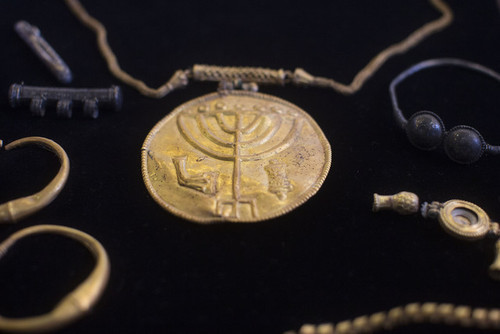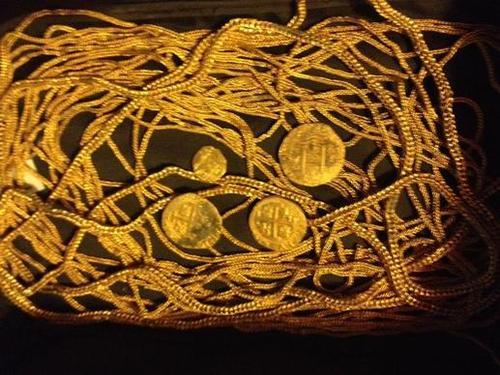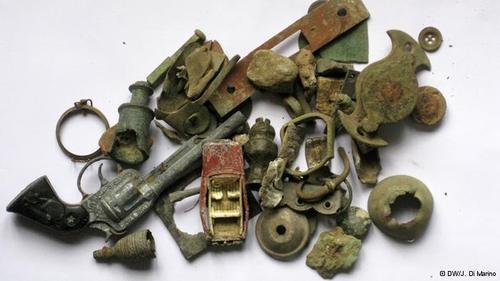The continuing debate regarding the origins of people inhabiting ancient Mesopotamia during the region’s long history led the authors of a new report published in the Open Access journal PLoS ONE to attempt an isolation and analysis of mtDNA sequences from the area. [...] The obtained data has enriched the modest database of Mesopotamian ancient DNA and suggests a possible genetic link of the region with the Indian subcontinent in the past.
"The studied individuals carried mtDNA haplotypes corresponding to the M4b1, M49 and/or M61 haplogroups, which are believed to have arisen in the area of the Indian subcontinent during the Upper Palaeolithic and are absent in people living today in Syria. However, these same haplogroups are present in people inhabiting today’s Tibet, Himalayas, India and Pakistan. The suggestion is that these analysed remains from Mesopotamia belonged to people with a genetic affinity to the Indian subcontinent as the distribution of identified ancient haplotypes indicates a solid link with populations from the region of South Asia-Tibet (Trans-Himalaya).Read more.





